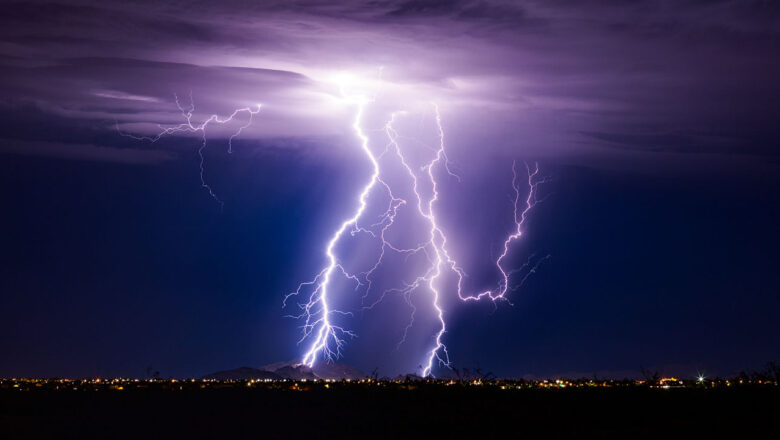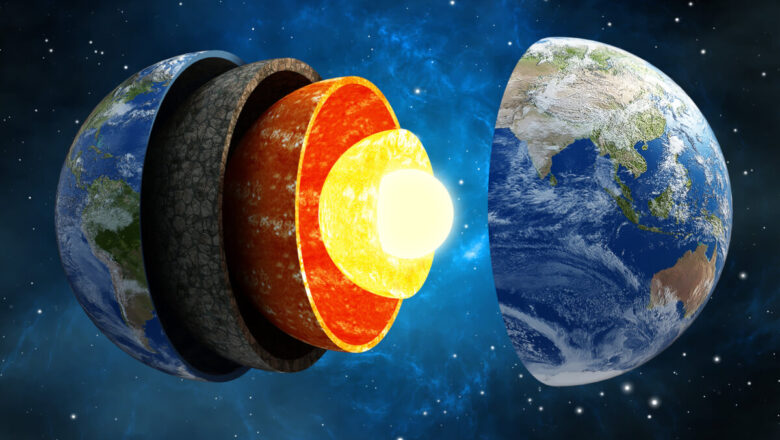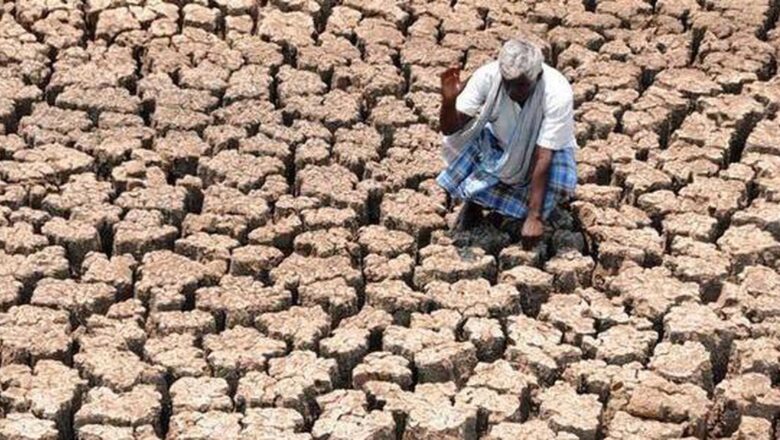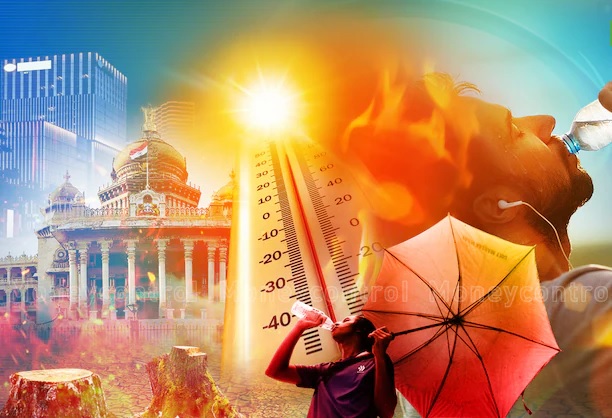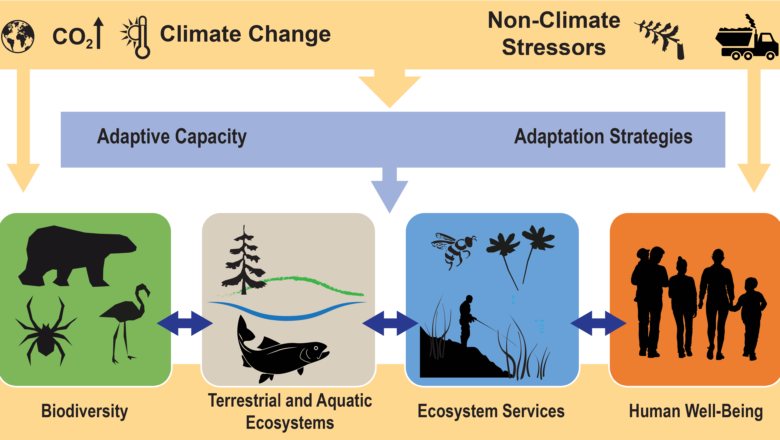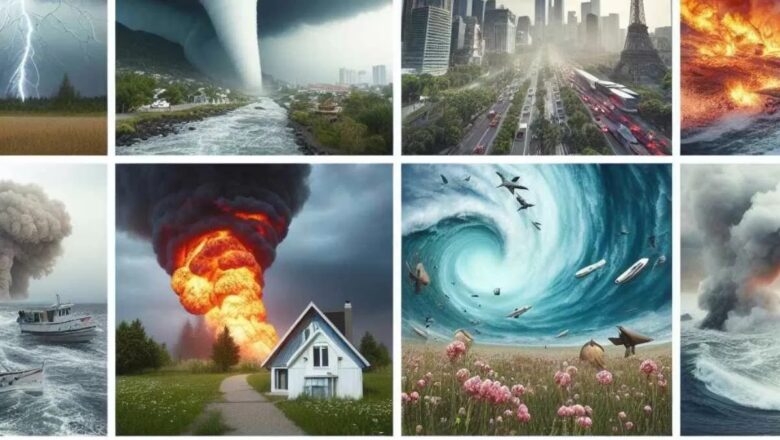
How Climate Change is Fueling Unpredictable and Intensified Storms: Urgent Need for Adaptation and Advanced Forecasting
As global temperatures rise and ocean heat reaches record levels, the world’s most powerful storms hurricanes, typhoons, and tropical cyclones are undergoing unprecedented transformations. These changes are pushing scientists to rethink how we understand and predict these storms, often called “nature’s steam engines” due to their ability to convert ocean heat into massive kinetic energy. The consequences of these more intense, unpredictable storms are severe, and scientists are racing to understand the evolving patterns to adapt and protect vulnerable communities.
How Climate Change is Redefining Storm Dynamics
Rising Ocean Temperatures
Hurricanes draw their energy from warm ocean waters. As global warming drives sea temperatures to new highs, the energy available for storms in...

